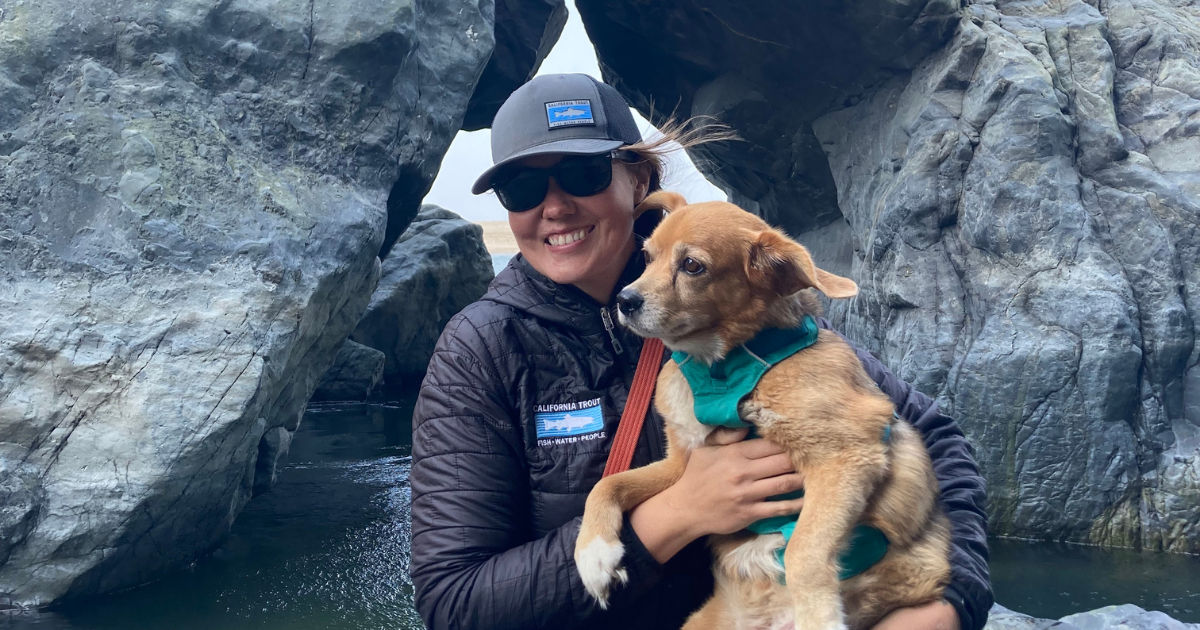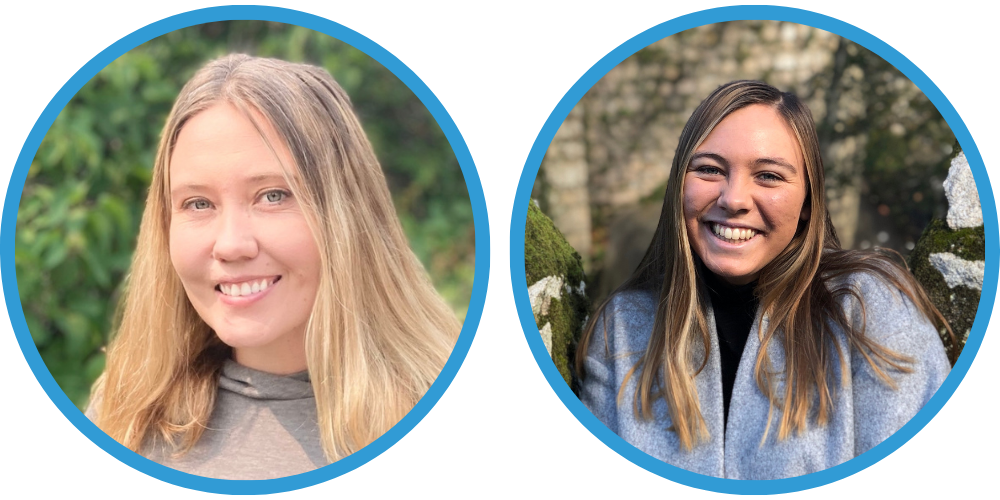Women of CalTrout: Amanda Cooper
The Women of CalTrout
In this new series, our Communications Associate, Kara Glenwright, sits down for conversations with the women on our Conservation and Policy/Legal teams. Follow along as these women share their own stories and experiences as women in conservation and science at CalTrout.
Amanda Cooper, Staff Attorney, and Kara Glenwright, Communications Associate
KG: What is your position at CalTrout and what communities in California do you work most closely with?
AC: I'm a staff attorney for CalTrout. I get involved in our work all over the state. I also work as a project manager out of the Shasta/Mt. Klamath region office.
KG: How did you arrive in this position at CalTrout?
AC: When I got the job at CalTrout, it was as a project manager. I’m also a licensed attorney, and last summer there was an opportunity in CalTrout’s legal department. Basically, I kicked the door down. I asked to be considered for the position and luckily the organization was really supportive of that. This position was me making it happen: this is what I wanted to do to fully use my skill set.
Project management, I lucked into, because it was right after law school. I graduated in 2018, and then I didn't have a job lined up, so I went to Southeast Asia for nine weeks after taking the BAR exam. After I came back, I was living in McCloud, and I decided to get a job at the ski resort to be a ski instructor. Somebody that I taught that winter then introduced me to a CalTrout regional director at the time, and they happened to be looking for somebody. The position just meshed and worked for me.

KG: What inspired you to pursue a career in conservation?
AC: I think I’ve been inspired by just a general love of the outdoors — and I've always had that. I have an undergraduate degree in engineering, and I didn't initially know that this was the field I was going to go into. But I always kind of knew that I didn't want to work in standard corporate America. After finishing my undergrad, I took a break and went into the ski industry for some time. Then I decided to go to law school to study environmental law. I automatically knew I would be on the environment’s side. With everything that's going on, we need more people to push for change and protections. From there, it was a natural fit to work with CalTrout in the conservation world.
KG: What is your favorite part of your job? Could you share with me some of the most rewarding moments of your work?
AC: I think my favorite part of my job is the people that I get to work with on staff and our project partners. Getting to build those relationships is really special. And for me, the most rewarding ones are relationships with Tribes or other environmental groups. I also love the freedom that we're given to really explore what we're passionate about here.
My most rewarding moment is coming up as soon as the Hart project is complete! Hopefully implementation will be done this summer, and then it's just monitoring. I think the project's been going on since as early as 2015, before I was even here. But once that project is completed - that's going to be a great feeling.
KG: What does it mean to you to be a woman in this field?
AC: I'm very fortunate to come from a family that supported me no matter what. I was never told, “Oh, you can't do that because you're a woman.” Or, “Oh, this is off limits, because you're a woman.” And then for my undergraduate degree I went to MIT which is a science and engineering school, but it's also half women. For that reason, I was really lucky to never have had that male dominated feeling which I know is common in the STEM fields.
Overall, I think being a woman in this field is awesome. And I think we need more women’s voices and points of view, especially in the sciences and conservation world. As women, we have a responsibility to keep inspiring other women. It should be normal that women are in these positions, and we need to keep pushing that forward.
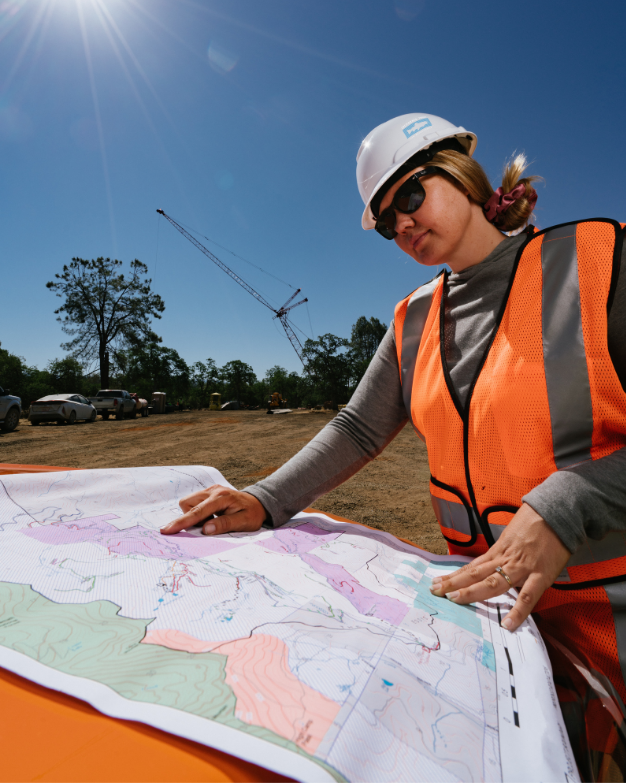
KG: What message would you share with younger women who hope to pursue a career in conservation someday?
AC: Believe in yourself and don't listen when people tell you that you can't. That sounds pretty cliché, but that’s the message: just keep pushing because you can.
KG: Do you have a favorite river or fish?
AC: I'm partial to the McCloud River because I live out in that region and spend my summertime there. And I like all fish, but if I had to pick a favorite it would be the black saddled toby. It’s not anadromous or a freshwater fish, but I'm a big scuba diver, and these fish are tropical reef fish that I think are so cute.

Stay tuned for our next profile from the Women in CalTrout, coming very soon!
Meet the Women of CalTrout
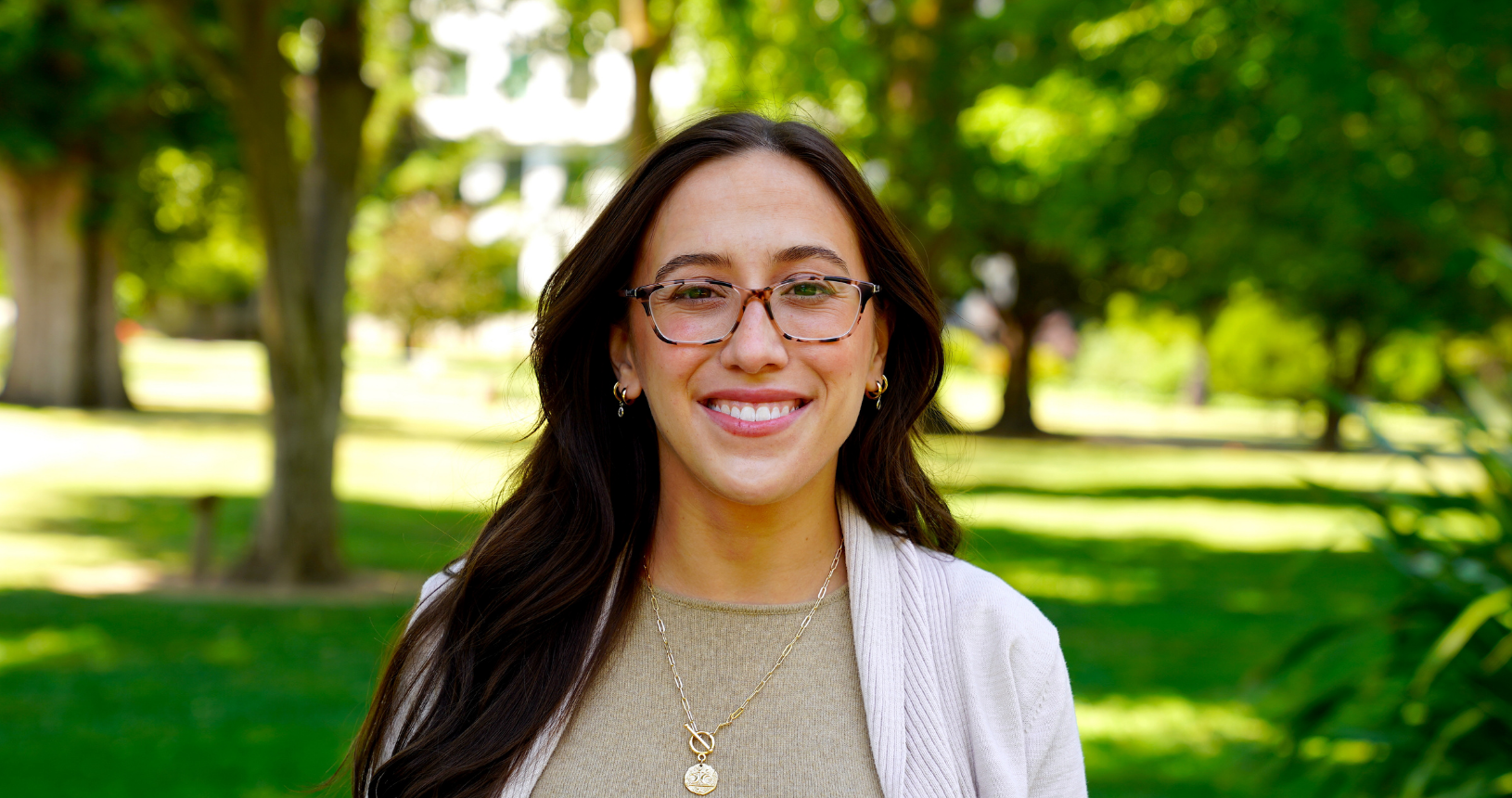
Analise Rivero
CalTrout Associate Director of Policy
Amanda Cooper
CalTrout Staff Attorney
Katy Gurin
CalTrout North Coast Project Manager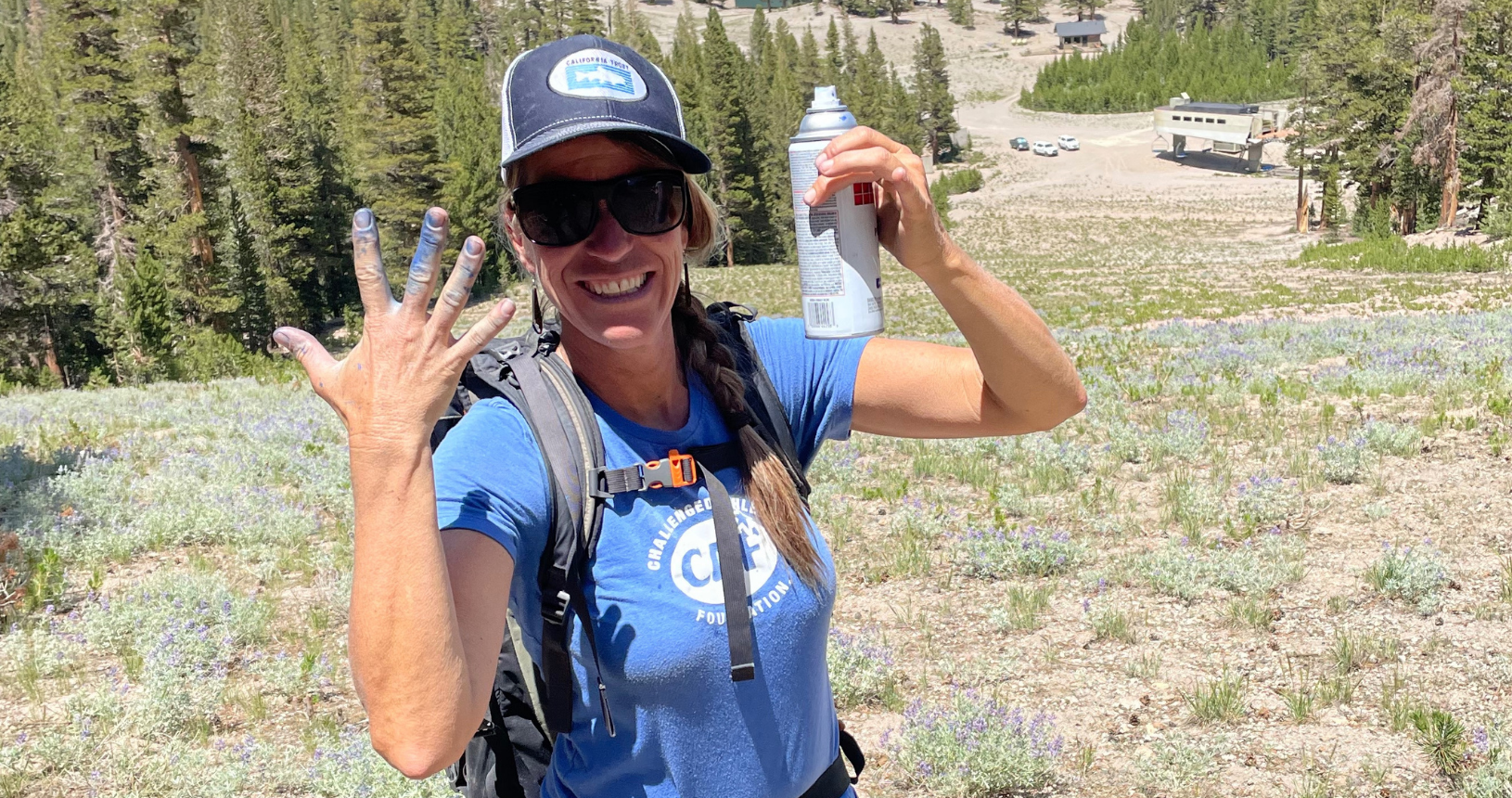
Allison Dodds
CalTrout Sierra Headwaters Project Manager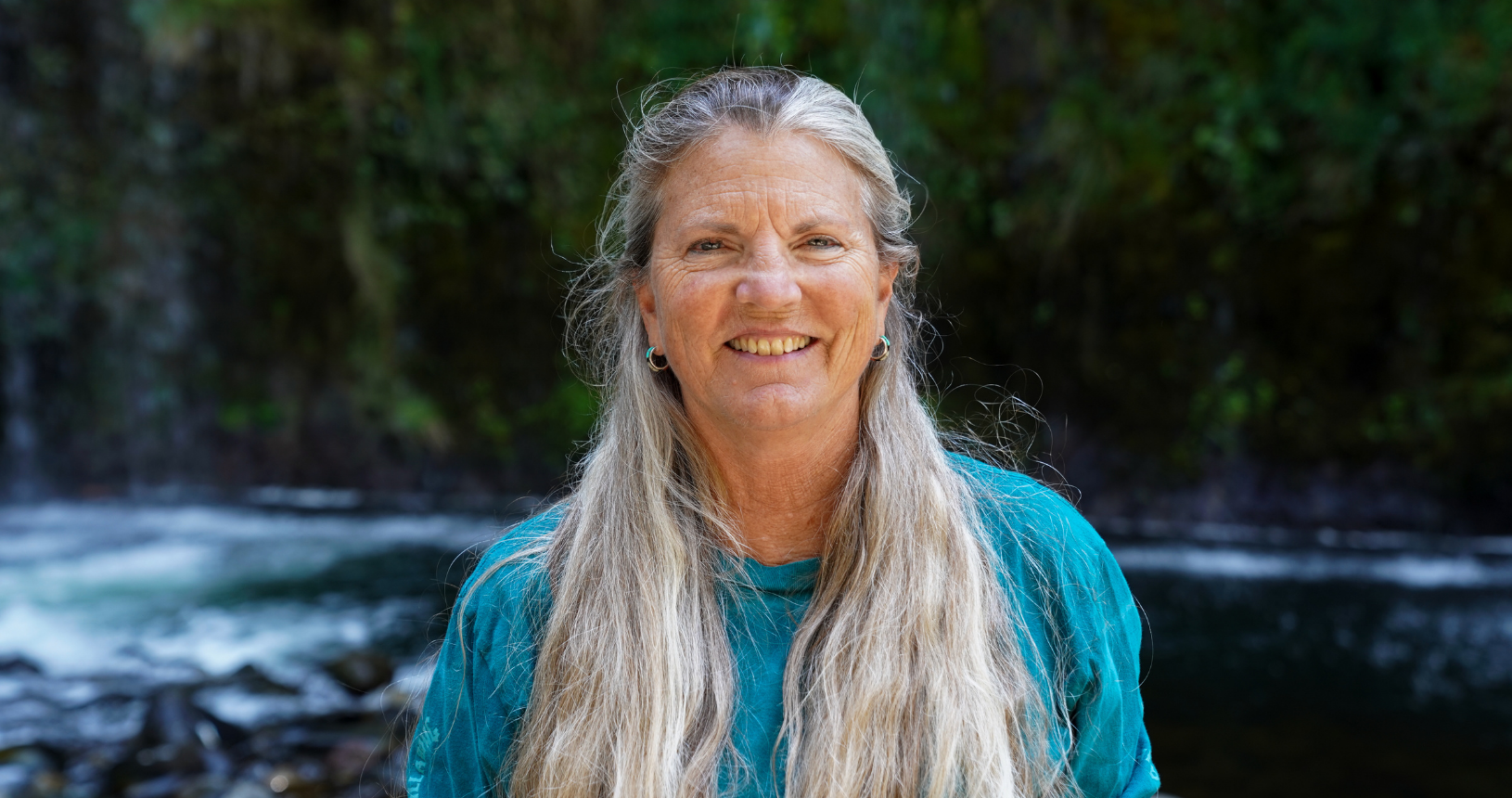
Sandra Jacobson
CalTrout Sierra Headwaters & South Coast Regional Director
Ada Fowler
CalTrout Mount Shasta-Klamath Senior Project Manager
Kam Bezdek
CalTrout Policy Associate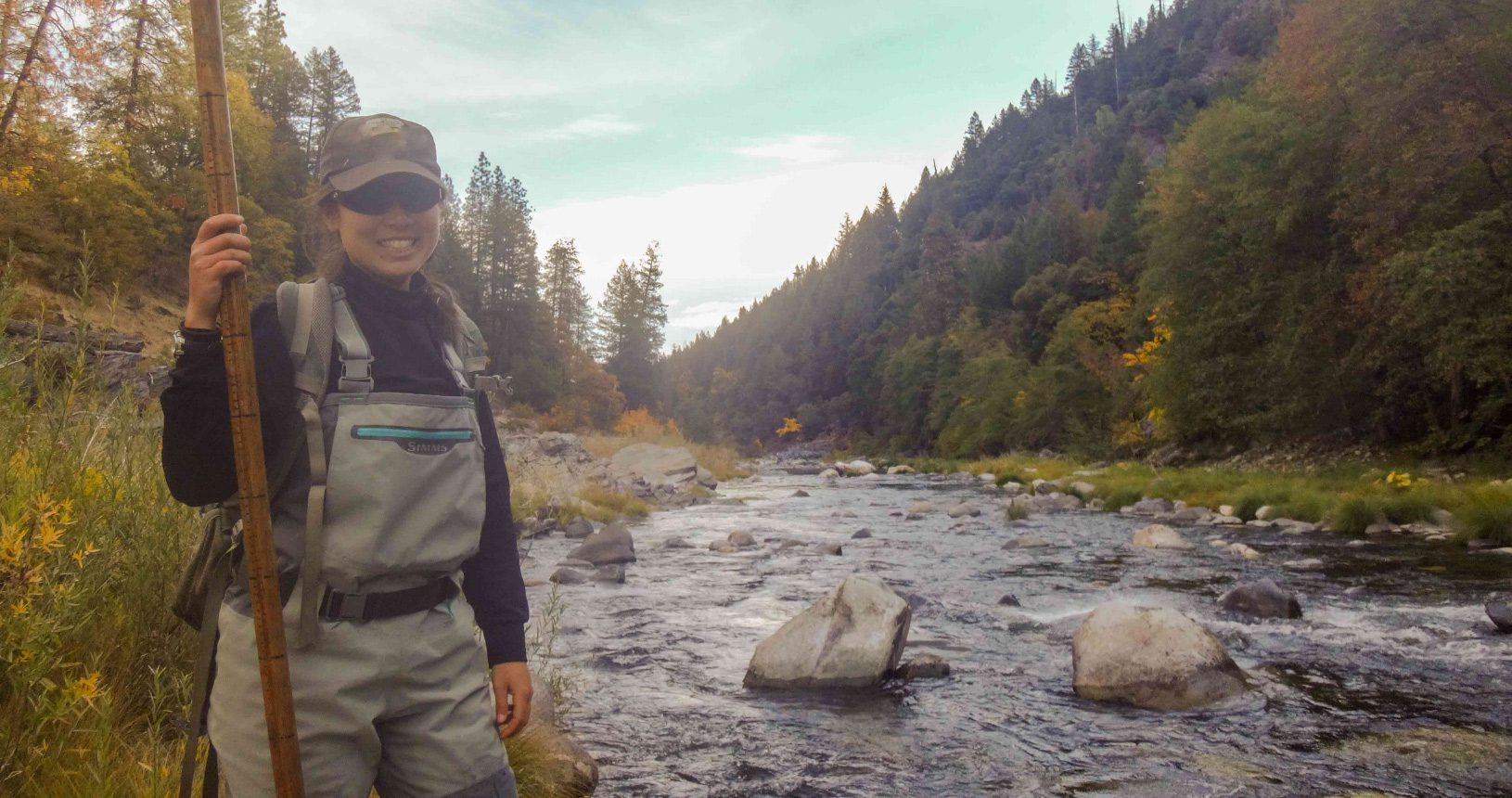
Serena Doose
CalTrout Mt. Shasta-Klamath Project Manager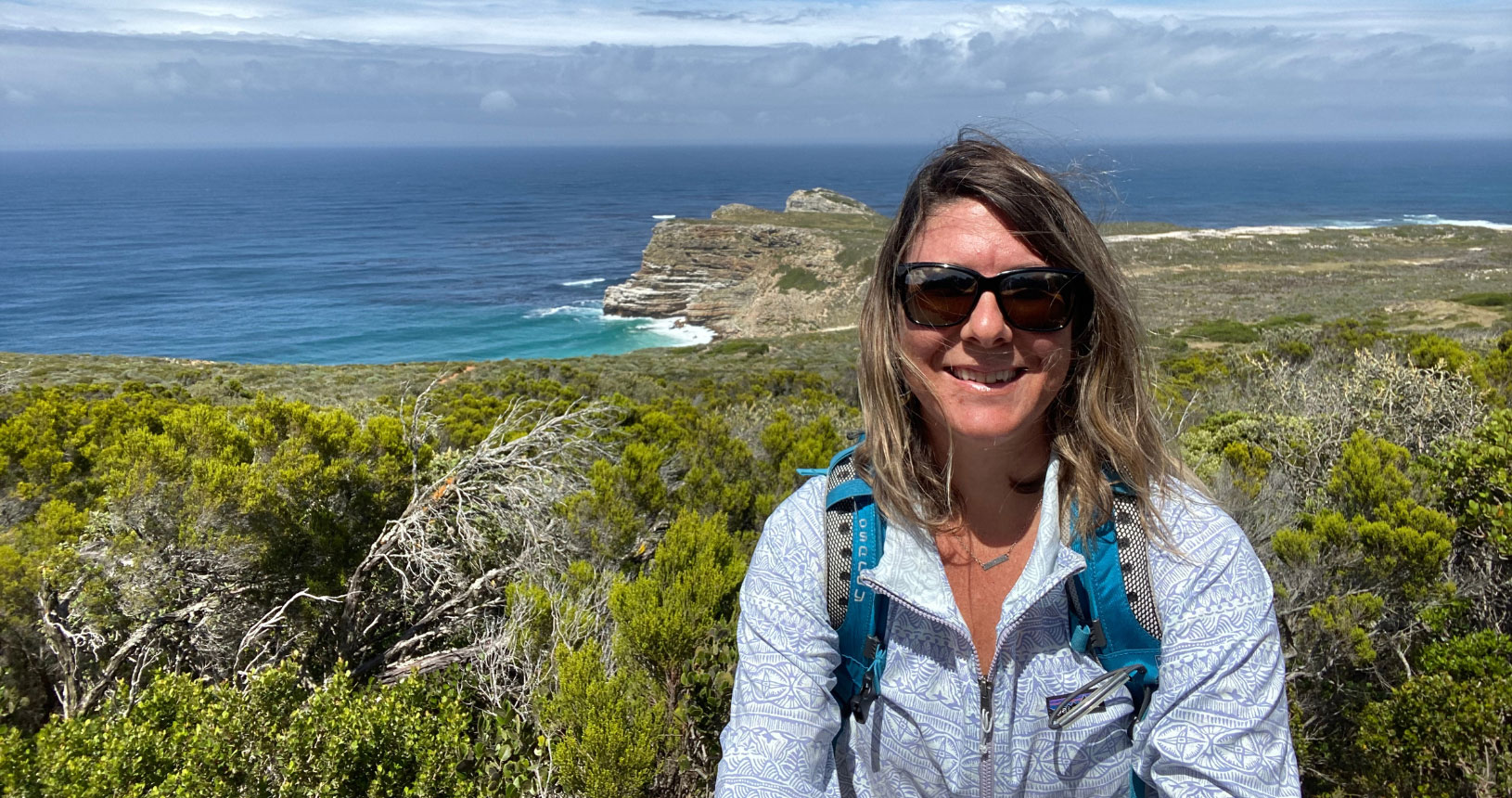
Holly Swan
CalTrout Mt. Lassen Project Manager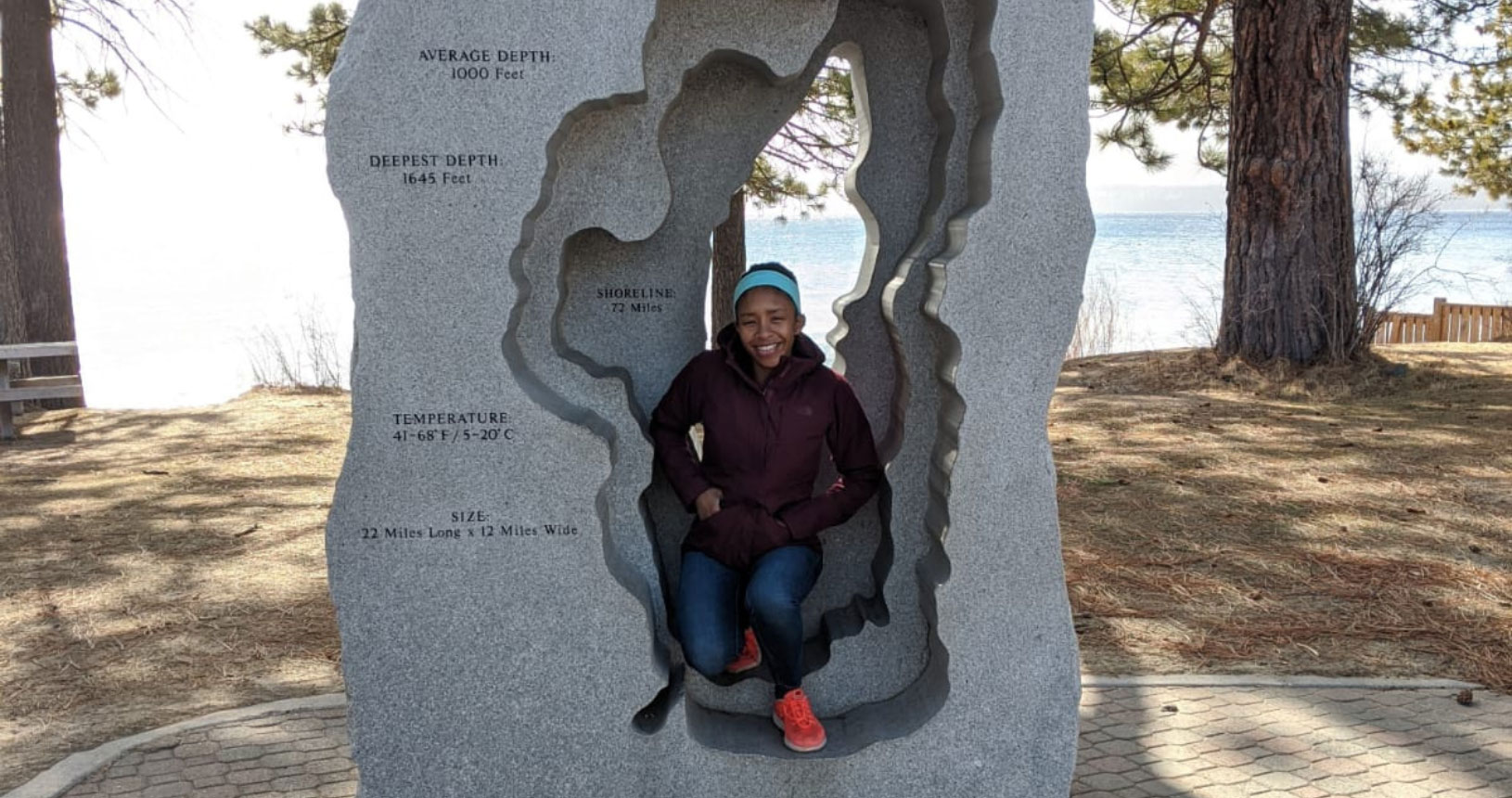
Camyle Allen
CalTrout Conservation Contracts Manager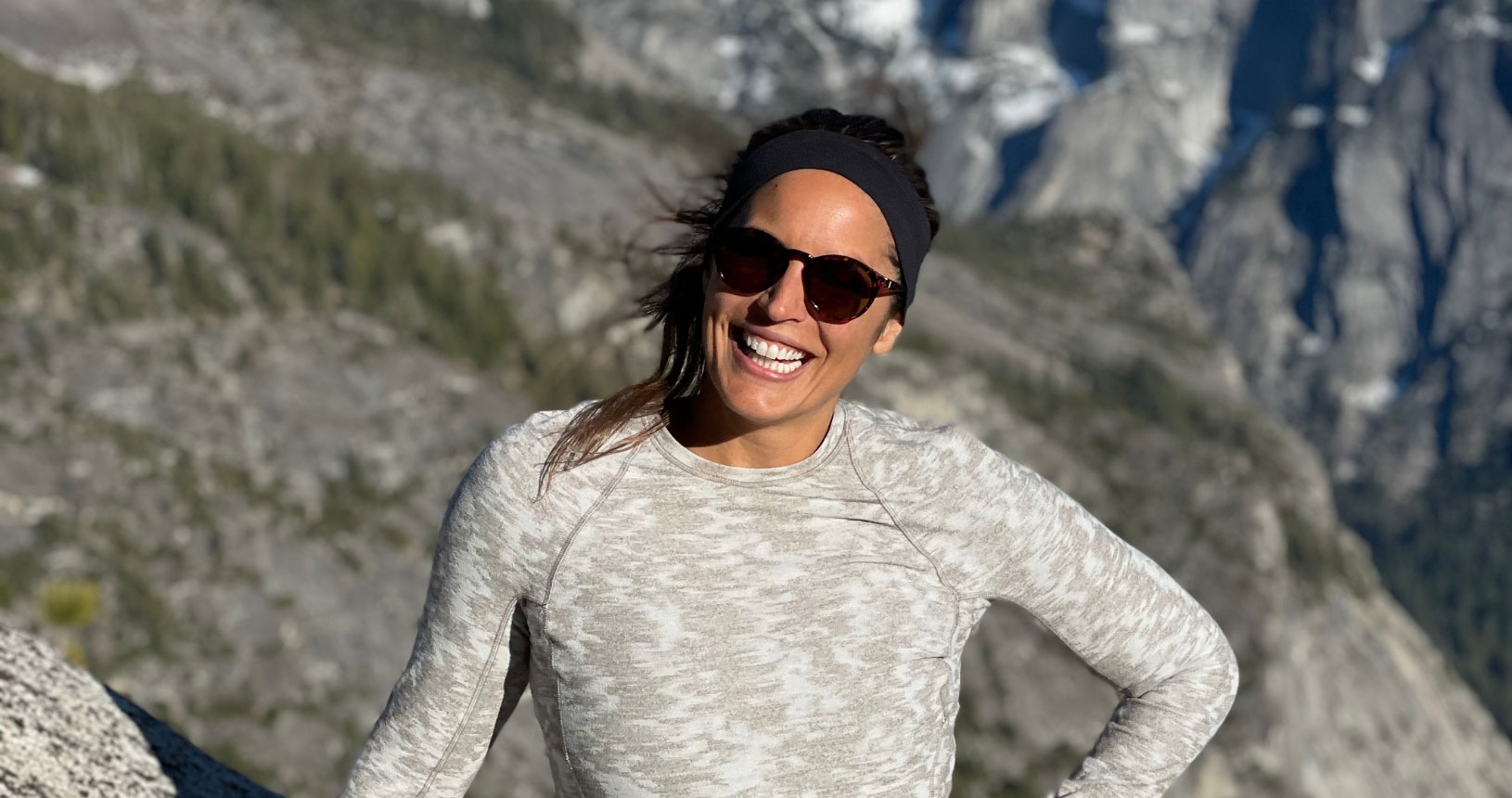
Claire Buchanan
CalTrout Bay Area Senior Project Manager
Marrina Nation
CalTrout Sierra Headwaters Project Manager
Gaby Roff
CalTrout Director of Institutional Giving
Malinda Baker
CalTrout Grants Associate
Lazara Ramos
CalTrout Grants Manager
Melissa Racklyeft
CalTrout Senior Grants Manager
Sarah Trenschel
CalTrout Member


